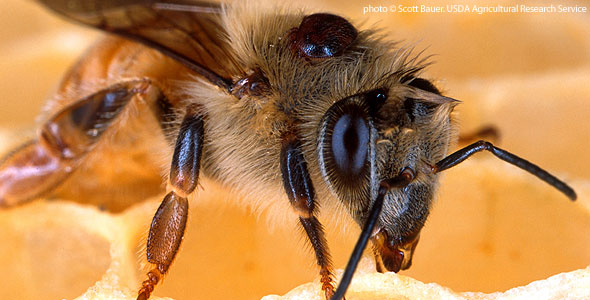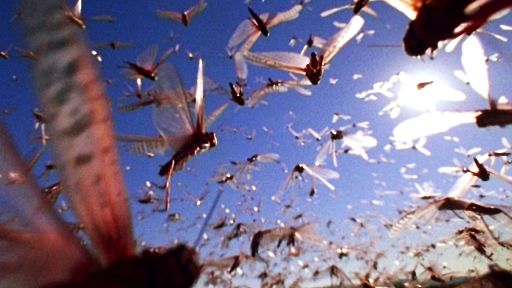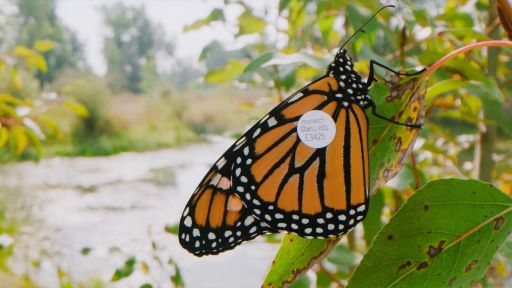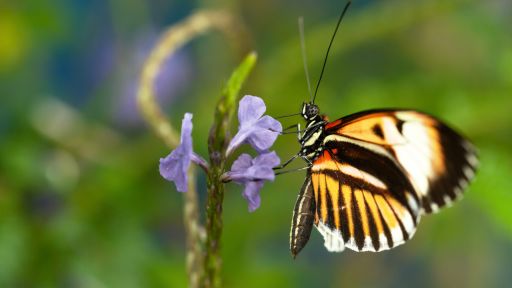Honeybee (Apis mellifera)
- Type: Insect
- Family: Apidae
- Habitat: Hollow trees in forest habitats, and beekeeper hives
- Location: Native to Africa and Europe, but spread by humans to temperate and tropical climates worldwide
- Diet: Herbivore
- Average lifespan in the wild: Workers, 15 – 38 days in summer; queen bee, as much as 3 years
- Size: Worker, .5 – .6 in (12 – 15 mm); queen, .7 – .9 in (18 – 22 mm)
- Weight: Worker, .0035 ounces (100 mg); queen and drones, .007 ounces (200 mg)
Like ants and termites, common honeybees, which are black with characteristic orange-yellow rings on the abdomen, are social and cooperative insects. Three different types of bees inhabit a colony: a queen, workers, and drones. The queen bee, which is longer and heavier than worker bees, is the only sexually developed female in the colony; using a specialized organ called an ovipositor, she lays the eggs from which all of the bees in a colony emerge. Worker bees, which forage the flowers in meadows, open woods, gardens, and agricultural fields for pollen and nectar (which is converted into the honey that helps to feed the colony), and build and maintain the hive, are sexually immature females. Their ovipositors are modified into stingers. Male bees, or drones, don’t forage; they may help maintain the temperature of the hive, although their primary role is to fertilize the queen. Because they have no ovipositors, they also don’t have stingers.
Bee colonies are maintained all over the world to pollinate agricultural crops. In the winter of 2006-2007, beekeepers in the United States and other parts of the world began to report the catastrophic loss of colonies, a phenomenon dubbed Colony Collapse Disorder. While the death of some bees in a colony is normal during winter months, the recent number of deaths has been unusually high, with some colonies losing more than 75 percent of their bees. After such devastating die-offs, the colony can no longer sustain itself. Scientists are still trying to explain the phenomenon, which threatens the economic future of the 130 fruit, vegetable, nut, ornamental, and fiber crops in the U.S. pollinated by honeybees.
Did you know? Forager bees will fly about 500 miles before their wings wear out and they die.
Related Episode:







